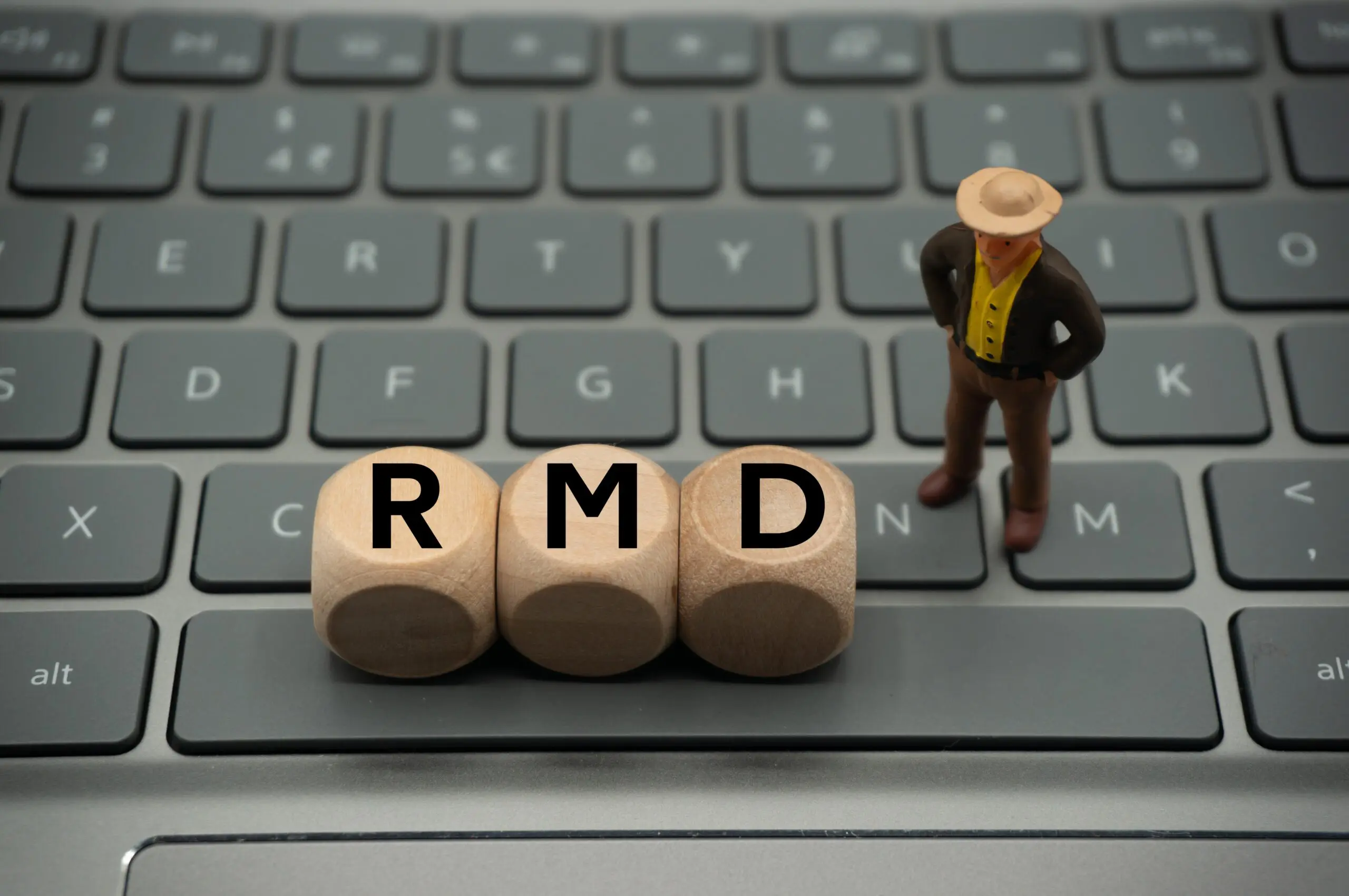Are you in your 70’s? Congratulations on reaching that golden age! But, hold on – there’s a financial rite of passage awaiting you, known as Required Minimum Distributions (RMDs). Whether you’re holding the reins of a traditional IRA, a SEP IRA, SIMPLE IRA, or dancing with the stars in a retirement plan account, understanding the RMD rules is key. So, buckle up as we guide you through the twists and turns of this financial journey.
The Countdown Begins: Age 72 (or 73)
You can’t keep those hard-earned retirement funds stashed away indefinitely. The RMD clock starts ticking when you hit the age of 72 (or 73 if you hit 72 after December 31, 2022). It’s the signal that it’s time to start taking withdrawals from your accounts.
Now, Roth IRAs march to a different beat. As a result, there are no mandatory withdrawals until after the owner’s demise. But, don’t get too comfortable – beneficiaries of a Roth IRA aren’t exempt from the RMD rules. And hey, designated Roth accounts in a 401(k) or 403(b) plan had RMD rules up until 2023. But, wait for it – starting 2024, those RMDs take a backseat. If you have RMDs due by April 1, 2024, for 2023, you’re still on the hook.
What’s the Buzz About RMDs?
Your RMD is like the minimum ticket you must buy for the retirement rollercoaster each year. It’s the least you must withdraw, but hey, feel free to grab more if you’re feeling adventurous.
Remember, those withdrawals aren’t a free ride. They hitch a ride into your taxable income, except for any part that was taxed before (your basis) or the tax-free portions (cue the qualified distributions from designated Roth accounts).
Is Your Retirement Plan on the List?
Wondering if these rules apply to your retirement plan? If you’re holding the keys to any of the following:
– Traditional IRAs
– SEP IRAs
– SIMPLE IRAs
– 401(k) plans
– 403(b) plans
– 457(b) plans
– Profit-sharing plans
– Other defined contribution plans
– Roth IRA beneficiaries
Congratulations, you’re in the RMD club!
Crunching Numbers: Calculating RMDs
Let’s dive into the math behind RMDs. The required minimum distribution for any year is the account balance from the previous calendar year divided by a distribution period from the IRS’s “Uniform Lifetime Table.” If the owner’s spouse is ten or more years younger, there’s a different table in play.
Feeling overwhelmed? No worries – the IRS has your back with handy worksheets and tables to calculate the required amount based on your circumstances.
Timing is Everything: Beginning and Subsequent RMDs
Your first RMD must be on your radar. For IRAs, it’s April 1 of the year following the year you hit 72 (or 73 if you hit 72 after December 31, 2022). For 401(k), profit-sharing, 403(b), or other defined contribution plans, it’s generally April 1 following when you reach 72 (or 73 if you hit 72 after December 31, 2022) or retire – whichever comes later.
For subsequent years, it’s a December 31 deadline. But, watch out for that first year – you might have two required distribution dates, an April 1 withdrawal and an additional withdrawal by December 31. Pick the strategy that suits your tax dance moves.
Extra Taxes Lurking: Don’t Skip RMDs!
Here’s a golden rule – don’t skip those RMDs. Uncle Sam isn’t a fan of missed dances, and you might find yourself facing an excise tax on the undistributed amount. Ouch! If you fail to take your RMD, you can be subject to a 25% penalty on the amount you should have—but didn’t—withdraw. However, this penalty can be reduced to 10% if you take the missed distribution within the correction window.
If you find yourself in this situation, Form 5329 is your confession booth. It’s where you report the excise tax and seek redemption.
RMDs are no longer required from designated Roth accounts.
2023 RMDs due by April 1, 2024, are still required. Your required minimum distribution is the minimum amount you must withdraw from your account each year. You can withdraw more than the minimum required amount.
Beneficiary Tales: After the Owner’s Death
The story changes when the account owner passes away. The RMD due in the year of the owner’s death is what they would have withdrawn but didn’t. From the following year onward, it depends on the designated beneficiary. Check out “Retirement Topics – Beneficiary” for the juicy details.
Unlocking Resources for the RMD Journey
Ready to dive deeper? The IRS has some treasure troves for you:
– Individual Retirement Arrangements (IRAs)
– FAQs regarding Required Minimum Distributions
– Publication 590-B, Distribution from Individual Retirement Arrangements
– Publication 560, Retirement Plans for Small Business (SEP, SIMPLE and Qualified Plans)
– RMD Comparison Chart (IRAs vs. Defined Contribution Plans)
RMDs can be tricky to understand, especially when you have an Inherited IRA. Because of this, it’s a great idea to discuss RMDs with your professional tax advisor. Embark on your RMD journey armed with knowledge, and may your retirement be as smooth as a well-choreographed dance! 💃🕺✨

